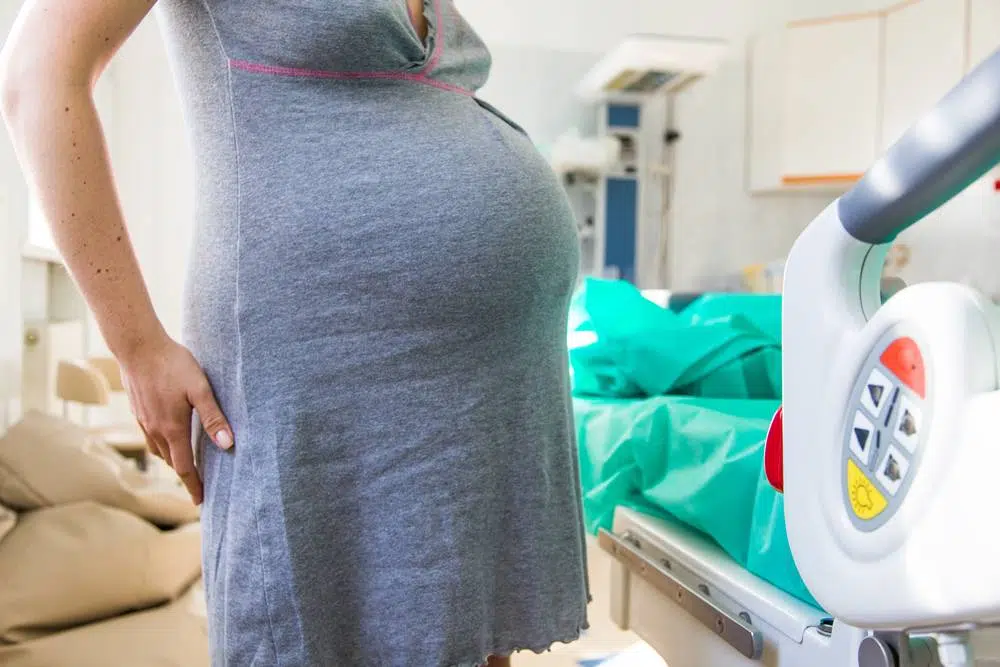
Content Reviewed by:
Dov Apfel
Content Reviewed by: Dov Apfel
Accordion Content
Since 1979, Dov Apfel has been passionate about advocating for birth injury and medical malpractice victims. Mr. Apfel’s career-long record of achievements in birth injury litigation, education, and advocacy has been recognized by the Executive Board of the Birth Trauma Litigation Group of the American Association for Justice. His expertise is demonstrated by his numerous awards, presentations on birth injury topics at legal conferences for organizations like the AAJ and ATLA, and articles published by Trial Magazine and many others.
Injuries to Infant Can Occur During Labor Induction Mistakes
Many mothers are needlessly dying during labor or their babies sustaining life-altering injuries because of medical mistakes and a routine of poor care. And while most of the complications women and newborns are experiencing develop during pregnancy and are mostly treatable, tragic events continue to unfold during planned or induced labors. The medical induction of labor occurs when a care provider uses a drug and/or physical method to try to cause labor to begin before it starts on its own.
According to research provided through the National Partnership for Women & Families and the American Journal of Obstetrics & Gynecology, three situations occur at the end of pregnancy when women or newborns are likely to benefit from induction:
- Pre-labor rupture of membranes (broken water) after 37 weeks
- A pregnancy that has lasted more than 41 weeks
- High blood pressure at full term
To determine if labor induction is warranted, the health care provider should evaluate several factors, including the health of both mom and baby. Other medically supported reasons for labor induction might include:
- Post-term pregnancy
- Pre-labor rupture of membranes
- Chorioamnionitis or an infection in the uterus
- Fetal growth restriction
- Oligohydramnios
- Gestational diabetes
- High blood pressure disorders of pregnancy
- Placental abruption
- Certain medical conditions
In the recent decade, some care providers have earned much higher induction rates than others and have a reputation for choosing an optimal delivery date conducive to their schedules or convenience. And others might use ineffective, unproven, or harmful excuses for induction rather than use the most reliable sign that the baby is ready to be born safely at full term. “Full-term” is referred to for pregnancy weeks 39 and 40, and weeks 37 and 38 are called “early-term.” Some mothers do choose an elective induction.
Many mothers are needlessly dying during labor or their babies sustaining life-altering injuries because of medical mistakes and a routine of poor care. And while most of the complications women and newborns are experiencing develop during pregnancy and are mostly treatable, tragic events continue to unfold during planned or induced labors. The medical induction of labor occurs when a care provider uses a drug and/or physical method to try to cause labor to begin before it starts on its own.
According to research provided through the National Partnership for Women & Families and the American Journal of Obstetrics & Gynecology, three situations occur at the end of pregnancy when women or newborns are likely to benefit from induction:
- Pre-labor rupture of membranes (broken water) after 37 weeks
- A pregnancy that has lasted more than 41 weeks
- High blood pressure at full term
To determine if labor induction is warranted, the health care provider should evaluate several factors, including the health of both mom and baby. Other medically supported reasons for labor induction might include:
- Post-term pregnancy
- Pre-labor rupture of membranes
- Chorioamnionitis or an infection in the uterus
- Fetal growth restriction
- Oligohydramnios
- Gestational diabetes
- High blood pressure disorders of pregnancy
- Placental abruption
- Certain medical conditions
In the recent decade, some care providers have earned much higher induction rates than others and have a reputation for choosing an optimal delivery date conducive to their schedules or convenience. And others might use ineffective, unproven, or harmful excuses for induction rather than use the most reliable sign that the baby is ready to be born safely at full term. “Full-term” is referred to for pregnancy weeks 39 and 40, and weeks 37 and 38 are called “early-term.” Some mothers do choose an elective induction.
Labor Inducing Drugs Can Delay Delivery, Cause Oxygen Injuries, Hemorrhage, and Infection
Induction of labor nearly always involves more accompanying interventions, at least one intravenous (IV) line, continuous electronic fetal monitoring, and medications that can disrupt labor progress and increase pain and require an epidural. Epidurals introduce their own set of risks, including an increased chance of vaginal birth with vacuum extractor or forceps in labor.
Some babies born through induced labor have:
- Lower heart rates and reduced oxygen supply caused by medications like oxytocin or a prostaglandin
- Infection and fever
- Injuries related to a mother’s uterine rupture, bleeding after delivery and hemorrhage
Inductions fail about 25 percent of the time due to an unripened cervix, requiring an emergency C-section.
Contact a Chicago Birth Injury Attorney at Levin & Perconti
Levin & Perconti is a nationally renowned law firm concentrating on all types of personal injury, medical malpractice, and wrongful death litigation. We have a strong history of successful birth injury cases, including those addressing induction-related mistakes and OBGYN malpractice. Call us today at 312-332-2872 or 877-374-1417, and let a Chicago birth injury attorney at Levin & Perconti help you explore your legal options.
Source: Saccone, G., & Berghella, V. (2015). Induction of labor at full term in uncomplicated singleton gestations: A systematic review and meta-analysis of randomized controlled trials. American Journal of Obstetrics & Gynecology, 15, 00356-7.



